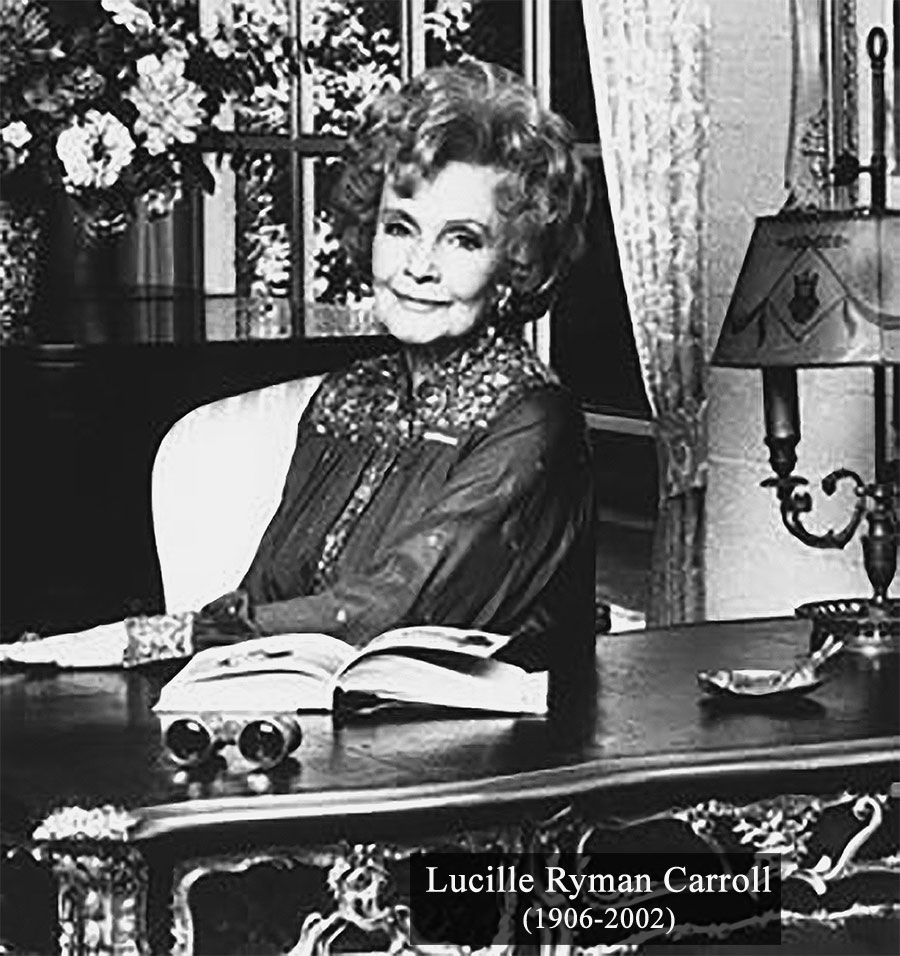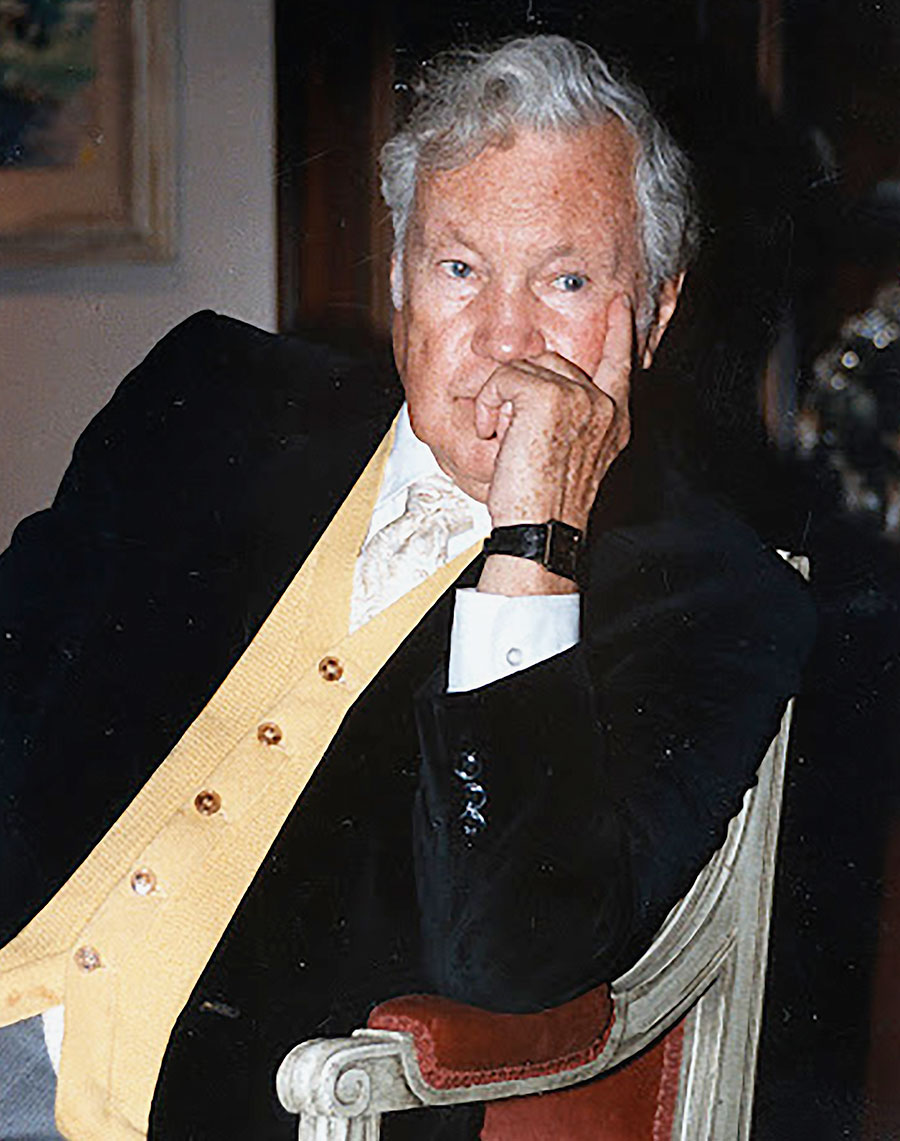Three Legendary Artists:
John DeCuir, Herb Ryman & Nino Novarese
By Eddie Martinez,
01/01/22

In 1921 Chouinard Art Institute was founded by artist and educator Nelbert Murphy Chouinard.
In 1926, Christine Sterling saved the historic Avila house and with the help of others went on to create the famed Olvera Street in Los Angeles; named, El Pueblo de Nuestra Señora la Reina de los Ángeles de Porciúncula, founded in 1781 by Los pobladores del pueblo de los Ángeles.
In 1929, Walt Disney began driving his inexperienced animators to Chouinard Art School for Friday night classes, a tradition that would continue for many years - Disney used the school as a breeding ground for his artists to make the animated film, Snow White and the Seven Dwarves.
John DeCuir told me that he always wanted to be an artist, however his father wanted him to be a classic musician, playing the violin. When John was a teenager, his father made arrangements with Christine Sterling for his son John to perform in Olvera Street’s La Golondrina Café. John told me that when he performed for the costumers in the Golondrina, “he wore a black tux with tails and had a red ribbon tied to the end of his bow as he played his fiddle.”
As a teen-ager, John DeCuir keep insisting to his father that he wanted to be an artist. His father made a deal with him – he would take him to Chouinard where he could show his art to Mrs. Chouinard and she would be the one to decide, whether or not he was to be an artist. That settled, John presented his artwork to her. She was so taken by his talent, that she told John DeCuir’s father that she would grant him a free scholarship in Chouinard Art School.
In 1932, 22 year-old, Herbert Ryman graduated from Art Institute of Chicago and moved to Los Angeles and began teaching at Chouinard Art School.
Herb Ryman told me that when he was teaching, one of his his students was John DeCuir. Herb regularly assigned homework to his students, to either draw or paint color rendering at home. The following day, as the students were bringing in their work, John came in with his arms full, with so much artwork that he began placing his drawings and illustrations on the floor, leaning them against the walls until the entire classroom was filled with his artistic work.
One day Herb Ryman and I were walking in Olvera Street when we stopped in front of a two-story brick building called the Sepúlveda House, adjacent to the Golondrina Café.
Herb told me that Christine Sterling once asked him if he would like to have an Art Gallery in that building to sell his paintings. We went in and walked up to the second floor and into a corner-room with a window that overlooked Olvera Street. He said, “This was the studio where I painted my paintings to sell.” I asked him if he sold a lot of paintings. He replied, “No.” then he added that no one ever came up to visit his studio.

Olvera Street, Lt. to Rt., the LA City Hall, the Sepúlveda House and La Golondrina Café

Garnett Lucille Ryman was born on June 10, 1906 in Macon County, Illinois, to Dr, Herbert D. Ryman and Cora Ryman. She was the older sister to Herbert Dickens Ryman Jr. Lucille Ryman Carroll died at the age of 96, on October 23, 2002 in her home in Glendale, California.
Lucille’s stage name was Jane Starr, she was an American Broadway actress and after moving to California she began acting at the Pasadena Playhouse to then went on to become the first female studio executive in Hollywood, where she headed up Metro-Golden-Mayer’s talent department. In 1947, she married actor John Carroll who starred in Flying Tigers, among other films.
In the latter years, Lucille Ryman Carroll resided in Burbank with her brother Herb Ryan until his death on February 10, 1989, at the age of 78.
After Herb's death, she produced a collection of his great works and many Disney conceptual works, that later became reality, as the hallmark of the Disney Theme Parks. She also co-founded the Ryman-Carroll Foundation as a tribute to her brother and to honor his lifelong dedication to mentoring young artists.
In the early 1950s Nelbert Murphy Chouinard had a stroke and could not run the school; in gratitude for letting his animators study there, Walt Disney supported the school financially and took over administrative duties. Walt also attempted to expand the school into what he called a "City of the Arts". This eventually led to the merger of Chouinard and Los Angeles Conservatory of Music into the California Institute of the Arts (CalArts) in 1961.
Lucille Ryman Carroll once told me that she encouraged Herb to come west to Hollywood, saying there was lots of work in the film studios for artists.

Herb Ryman
(1910-1989)
Herb Ryman began his art career as a storyboard illustrator in the art department of the acclaimed Production Designer, Cedric Gibbons at Metro-Golden-Mayer Studios during the period of Hollywood's "golden age," where Herb went on to storyboard MGM films, David Copperfield, Mutiny on the Bounty, Anna Karenina, Tail of Two Cities, and The Good Earth.

Motion Picture storyboard sketches by Herb Ryman

John DeCuir
(1918-1991)
John DeCuir was born June 4, 1918, in San Francisco, destined to be a Production Designer in Hollywood’s motion picture industry, best known for his elaborate set designs of classic movies such as Cleopatra, The Bride of Frankenstein, The King and I, South Pacific, On a Clear Day You Can See Forever, and The Great White Hope. DeCuir earned eleven Oscar nominations and won three Academy Awards for his work on Cleopatra, The King and I, and Hello, Dolly.
. . . to be continued . . .
